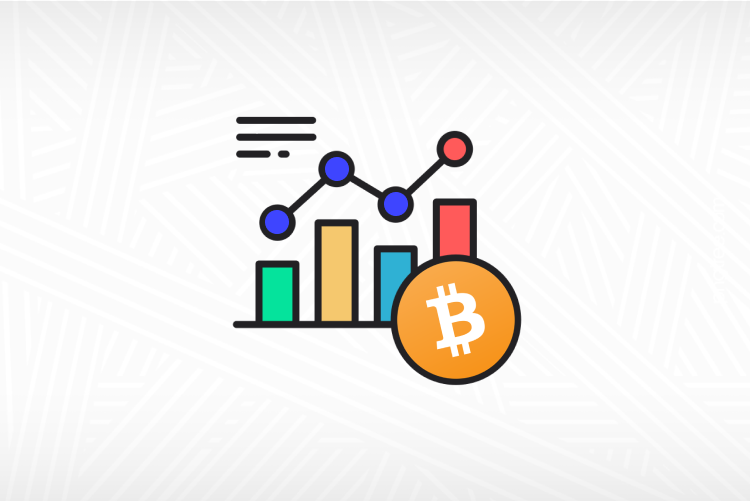
In finance, rational analysis and market data are not the only factors that drive investor decisions. The intricate web of human psychology plays a pivotal role in shaping trading choices and ultimately influencing market trends.
This article examines what is called investor psychology, looking at the psychological factors that impact decision-making in both traditional stock markets and the dynamic world of cryptocurrencies. Before investing in some of the most active stocks in the US market today, you should take a look at how seasoned investors think and make decisions. By highlighting common biases and behavioral trends, it is also possible to uncover the potential interplay between these two distinct but interconnected domains.
Behavioral Trends Involving Crypto and Stocks
1. Volatility Resonance: Both cryptocurrencies and stocks are susceptible to periods of high volatility. This can trigger a resonance effect where volatility in one market spills over to the other. For instance, during times of economic uncertainty, investors may move funds from stocks to cryptocurrencies as an alternative store of value, driving up cryptocurrency prices.
2. Risk Perception: The perception of risk in cryptocurrencies and stocks can be influenced by media coverage, social media trends, and general sentiment. A negative news cycle, whether related to crypto hacks or stock market crashes can exacerbate risk aversion, causing investors to flee both markets.
3. Speculative Sentiment: Cryptocurrencies often considered speculative assets, can influence investors' willingness to take higher risks in the stock market. When crypto prices are soaring, investors may feel emboldened to make riskier stock investments, and vice versa.
The Biases That Shape Our Choices
1. Herding Behavior: One of the most common psychological biases in both cryptocurrency and stock markets is herding behavior. This occurs when investors follow the actions of a larger crowd rather than conducting independent research. The fear of missing out (FOMO) can lead to irrational buying or selling decisions, amplifying market volatility. This phenomenon is equally prevalent in both cryptocurrency and stock markets where sudden surges or crashes can be driven by mass sentiment.
2. Loss Aversion: Loss aversion is a cognitive bias where the pain of losses is felt more intensely than the pleasure of gains. This bias can lead investors to hold onto losing investments for longer than they should, hoping for a rebound. In both markets, this can result in a reluctance to cut losses and exit positions, ultimately impacting overall portfolio performance.
3. Anchoring: Investors tend to anchor their decisions to past information or reference points. In cryptocurrencies, the tendency to anchor to all-time high prices can lead to unrealistic expectations and poor trading choices. Similarly, in the stock market, investors may anchor to historical highs or lows, affecting their perception of the current state of the market.
Conclusion
Investor psychology is a multifaceted force that shapes decisions in both cryptocurrency and stock markets. The common biases and behavioral trends explored in this article shed light on the intricate interplay between these two financial domains.
By understanding these psychological factors, investors can strive to make more informed and rational decisions, and policymakers and market analysts can know when to anticipate potential shifts in market dynamics. As the world of finance continues to evolve, the relationship between cryptocurrencies and stocks remains a fascinating arena where human psychology and market forces intertwine.













